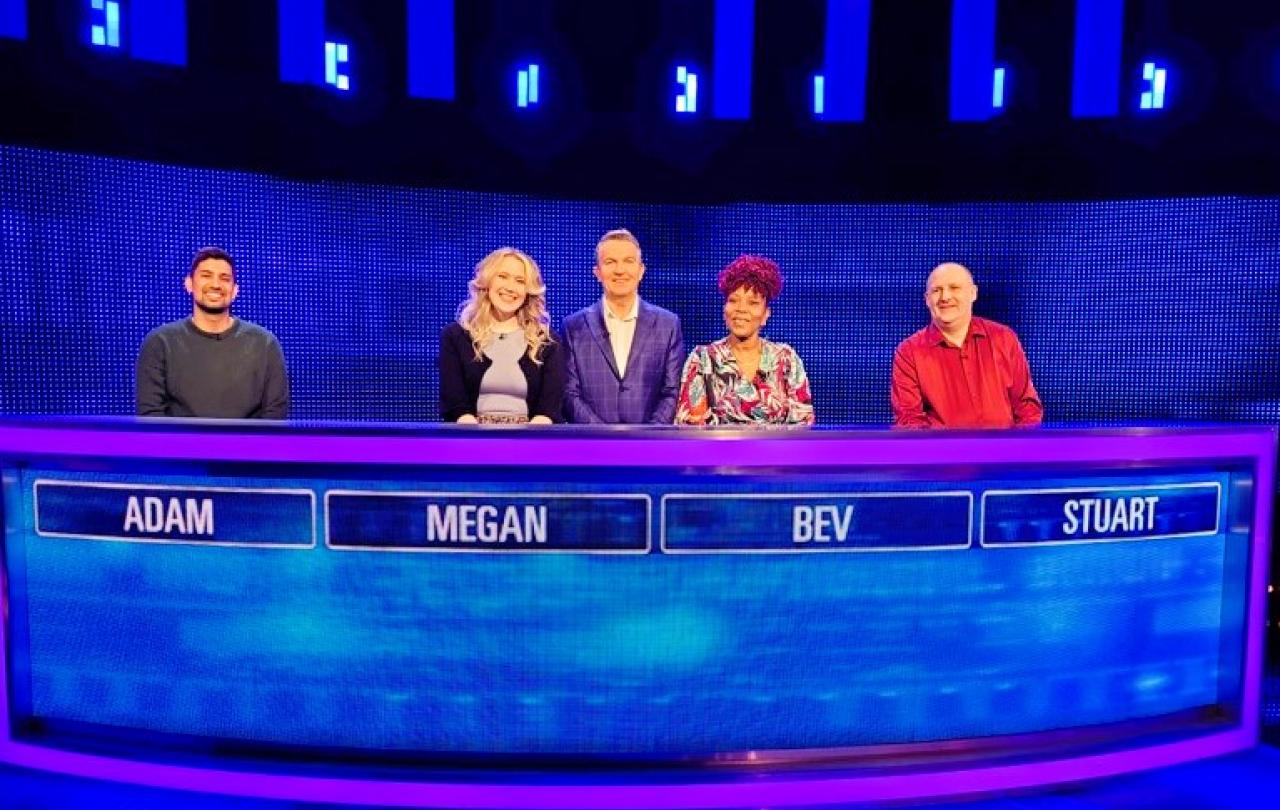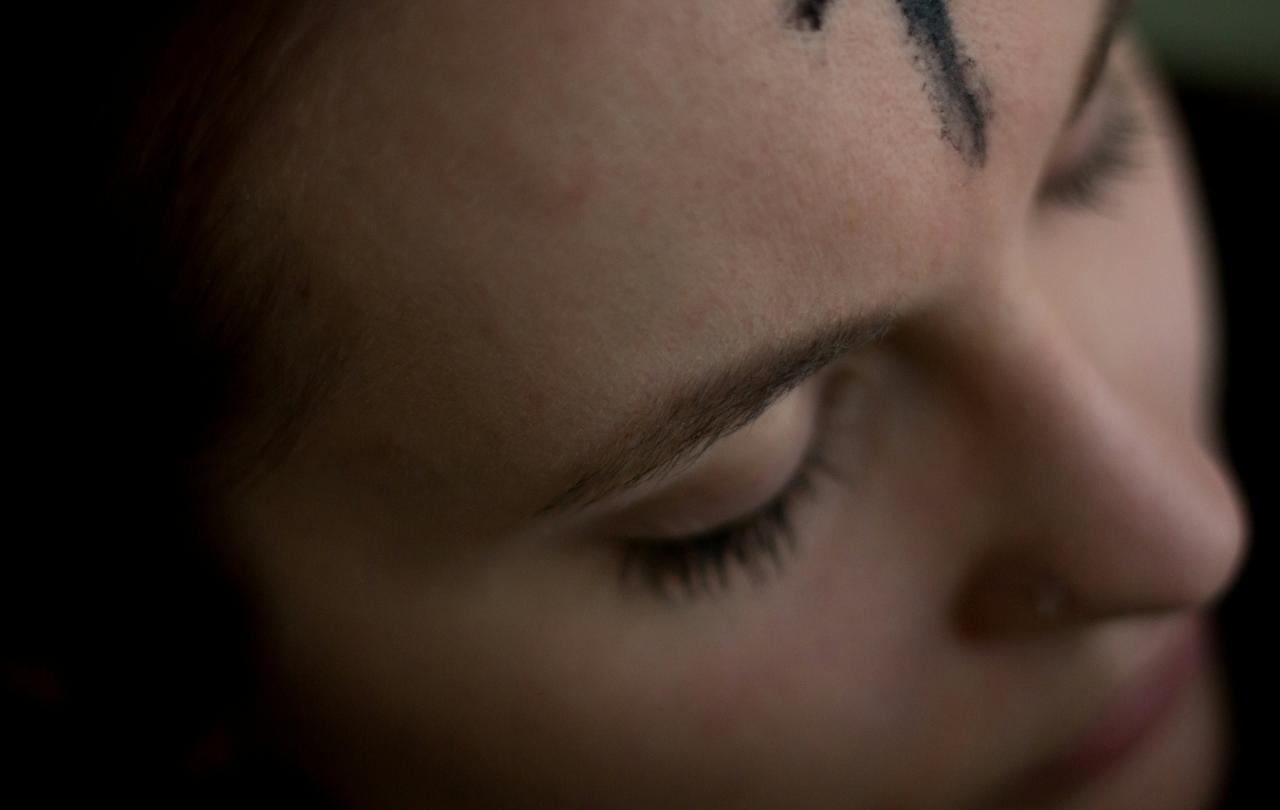
“I’ve had a great day Brad”. How quickly we fall into the staple clichés of daytime TV quiz shows. I tried to avoid hitting that trap, but my lips uttered that gem, as well as pushback phrases exhorting other contestants not to take a low offer, as I made my way through the lexicon of phrases to be uttered by a quiz show contestant.
Yes, I was on The Chase. A longstanding mainstay of ITV’s teatime schedule this popular quiz combines individual rounds, a multiple-choice battle against the Chaser of the day, in my case the one known as The Beast (in reality a nice guy). It all culminates in a team effort to score as many points as possible to set a target the Chaser cannot possibly beat. (another show cliché). All this presided over by the ever-genial Bradley Walsh makes it a bankable show in the schedules.
So why did I end up (nearly a year ago now) in Elstree studios with three people I had never met trying to win some cash? Well to be honest for me winning the cash was not the most important thing. My main aim was to not look a fool. My greatest fear was to get a low score in the first round inviting inevitable scorn and a trolling over my visibly clear lack of intellect or general knowledge. (To be clear as well, ITV prepare us for any potential abuse we might get, giving advice on protecting our social media and access to a helpline. I did feel protected).
Actually, another fear was getting a bible or religion question wrong. I avoided that.
If I met my first objective to not look stupid, my next aim was to get into the final round (otherwise my aunt would have done better than me and that would be disastrous for my poor little ego). But overall, it was the experience, it was the day out, it was chance to step outside of the daily routine that drew me to the long audition process and brought me on air.
I would love to say that as a Christian minister I did it for God. I didn’t. I considered whether to wear my clerical shirt rejecting that for, as a self-supporting minister, I have developed my own rule for wearing it; to signal I am in active ministry. I was open about my faith and had a nice chat with Brad about churches and churchgoing. But this was never going to be about converting folk through knowing facts about history or music.
And watchable television in the context of a daytime quiz is about telling a story. It’s almost a pantomime story we willingly enter involving heroes and villains.
But I learnt a great deal about life through this. First, the day was surreal. It started with the awkward meeting of us four contestants in a hotel lobby uncertain who was also a contestant until we were brought together by a show member. We were then welcomed into the Chase world, an experience well known to the team supporting us - they work on up to three shows a day, five days a week. With our electronic devices temporarily confiscated we were in a timeless environment effectively ceding control to the team who guided us carefully to the filming. This included preparing our minds and talking points so that we all have interesting stories to chat through with Brad.
And we start to bond as a small group. Diverse though we were we found shared interests, common bonds, and we grew from a collection of individuals to be a team with a common purpose slowly moving through stages of wardrobe and makeup towards the big moment of entering the studio. That bond extended to the crew looking after us who for that time were friends, supporters and guides leading us through what was to us was the exotic mystery of filming, but I am sure to them was just another day. Through them we learnt the etiquette, the time to talk, the direction to look, how to move and when we can relax and sip water from personalised Chase water bottles
We realised how each of us has different reasons for being there, different desires, different backgrounds and different approaches. But we are coming together with one purpose. To best the Chaser winning the panto styled quiz.
That bonding is important if we are to work together, to give each other advice and support. And I believe the nature of the show has changed over time. My memory was that when it was first aired contestants would be more in it for themselves and almost scorn those taking lower offers and diminishing from the overall prize pot. Now it is about team, it is about the knowledge that only together do we stand a chance of winning, only through mutual support will the cash by ours.
The filming is live but broken up so camera positions can be moved to get the shots needed. We were even interrupted by an incident that ended up in their blooper reel. Everyone, especially Bradley, is professional, kind, and friendly but it is clear they have a job to do and do well. So do it they must for their first duty is to produce watchable television.
And watchable television in the context of a daytime quiz is about telling a story. It’s almost a pantomime story we willingly enter involving heroes and villains. We four were the little people fighting a good and wholesome battle against an almighty foe. That foe was the Chaser, The Beast, scornful, patronising, goading and tempting us to mistake. But on our side is the ringmaster, Mr Bradley Walsh, our guide and mentor shepherding us through the emotional ups and downs of our journey to the final. The viewer is hopefully identifying with us having heard our stories rooting for us to win the day.
So, it’s not about quizzing, it’s a story of uniting, belonging, competing while being welcomed into a world that has its own rules and rituals that needs someone to guide the new person through.
We had a great day, we finished our time and were back out onto the street parting company and leaving, as we began, as strangers.
Join with us - Behind the Seen
Seen & Unseen is free for everyone and is made possible through the generosity of our amazing community of supporters.
If you’re enjoying Seen & Unseen, would you consider making a gift towards our work?
Alongside other benefits (book discounts etc.), you’ll receive an extra fortnightly email from me sharing what I’m reading and my reflections on the ideas that are shaping our times.
Graham Tomlin
Editor-in-Chief





